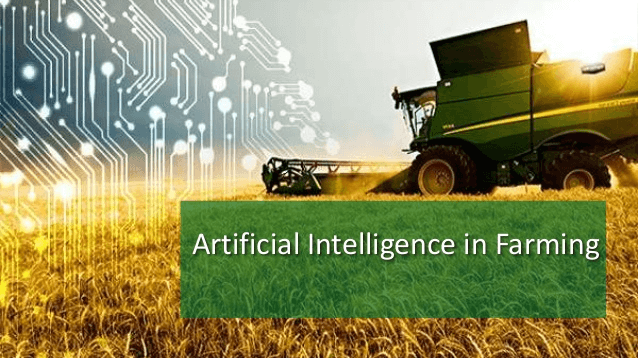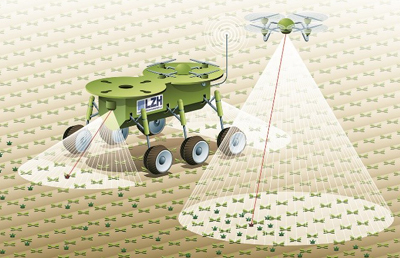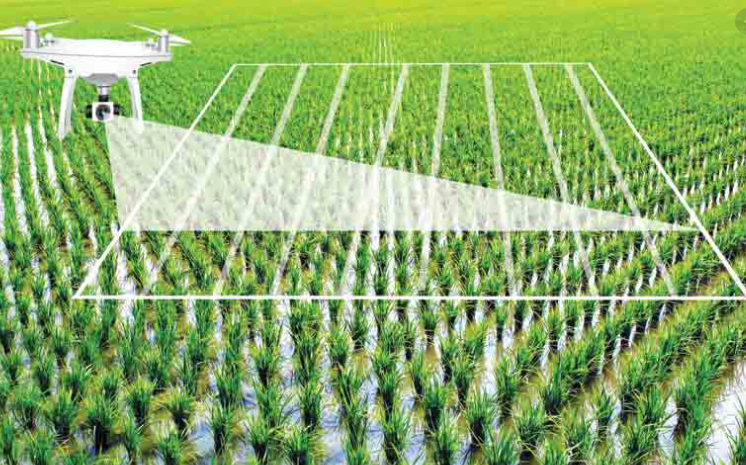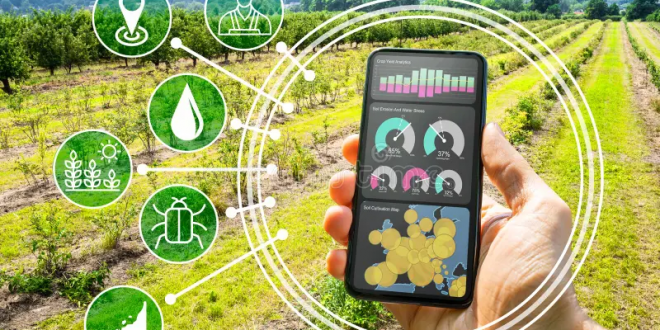AI Comes to the Farm SIM cards or Machine-to-Machine
In the realm of agriculture, where time and efficiency are paramount, the emergence of new technologies has brought about a revolution in farming practices. One such innovation is the integration of artificial intelligence (AI), robotics, and lasers to combat the persistent problem of weed control. Traditional methods, such as manual labor and chemical herbicides, often prove to be time-consuming, costly, and environmentally detrimental. However, the advent of AI-driven farming solutions promises to transform weed management on a large scale. By combining robotic systems with laser technology, farmers can now tackle vast expanses of land, swiftly identifying and eliminating weeds while minimizing the need for human intervention. This article explores the exciting potential of AI-driven robotics and lasers in revolutionizing weed control, highlighting the benefits, challenges, and future prospects of this transformative technology.
The Problem of Weeds in Agriculture
Weeds pose a significant challenge to farmers worldwide, competing with crops for essential resources such as water, sunlight, and nutrients. Left unchecked, weeds can significantly reduce crop yields and quality, leading to substantial economic losses. Traditional weed control methods, such as hand weeding and chemical herbicides, have proven effective but suffer from several limitations. Manual labor is labor-intensive, time-consuming, and expensive, particularly for large-scale farming operations. Furthermore, chemical herbicides can harm the environment, contaminate water sources, and create resistant weed populations over time.

AI and Robotics in Agriculture
Artificial intelligence and robotics have made considerable strides in various industries, and agriculture is no exception. AI technologies enable computers to analyze and interpret vast amounts of data, facilitating real-time decision-making and precise actions. When integrated with robotics, AI empowers machines to perform complex tasks with accuracy and efficiency, revolutionizing traditional farming practices.
Laser Technology for Weed Control
Laser technology has shown great promise in weed control. Laser systems emit high-energy pulses of light that can selectively target and destroy weeds while leaving crops unharmed. By adjusting parameters such as pulse duration, wavelength, and energy level, lasers can precisely target specific weed species and growth stages. Furthermore, laser treatment can be automated and integrated into robotic systems, allowing for efficient and large-scale weed control.
The Role of AI in Weed Detection
Accurate weed detection is crucial for effective weed control. AI algorithms, coupled with advanced imaging technologies such as cameras and drones, enable automated weed identification and mapping. By analyzing images and data, AI systems can distinguish between crops and weeds, enabling targeted treatments. Machine learning algorithms improve over time, continuously enhancing the system’s ability to differentiate between various weed species, growth stages, and crop types.

Integration of AI, Robotics, and Lasers for Efficient Weed Control
The integration of AI, robotics, and lasers presents a powerful solution for weed control in agriculture. Robotic platforms equipped with laser systems and AI-driven weed detection capabilities can autonomously navigate fields, identify weeds, and apply laser treatment precisely. These systems can operate day and night, cover vast areas quickly, and reduce the dependence on manual labor and chemical herbicides. By targeting weeds individually, the need for blanket applications of herbicides is minimized, reducing environmental impact and promoting sustainable farming practices.

Challenges and Future Prospects
While AI-driven robotics and laser technology offer immense potential, several challenges need to be addressed. The cost of implementing these systems, technical limitations, and regulatory considerations are among the key hurdles. Additionally, educating farmers about the benefits and effective utilization of these technologies is crucial.

SIM cards or Machine-to-Machine (M2M)
AI and robotics for farming can utilize SIM cards or Machine-to-Machine (M2M) communication technologies for connectivity and data transfer. SIM cards, commonly used in mobile devices, can be inserted into IoT (Internet of Things) devices deployed in the field, such as agricultural robots or sensors, enabling them to connect to cellular networks. This connectivity allows real-time data transmission, remote monitoring, and control of farming operations.

M2M communication, on the other hand, refers to the direct communication between devices without human intervention. It facilitates seamless communication between machines, enabling data exchange and control signals. M2M communication can be achieved through various technologies, including cellular networks, satellite communication, or dedicated short-range communication (DSRC).
Both SIM cards and M2M technologies provide essential connectivity for AI and robotics in farming. They enable remote management, data collection, and real-time decision-making, enhancing the efficiency and effectiveness of farming operations. Farmers can monitor and control robotic systems, access data on crop health, soil conditions, and environmental parameters, and make informed decisions based on the collected information.
Furthermore, the utilization of SIM cards or M2M technologies also enables integration with cloud-based platforms or farm management systems. This integration allows for data storage, analysis, and visualization, enabling farmers to gain valuable insights into their operations and optimize their farming practices.
In summary, AI and robotics for farming can make use of SIM cards or M2M technologies to establish connectivity between devices, enabling data exchange, remote control, and access to cloud-based platforms. These technologies play a crucial role in enabling the seamless operation and integration of AI-driven farming systems, leading to improved efficiency, productivity, and sustainability in agriculture.
The integration of AI, robotics, and lasers in agriculture marks a significant milestone in weed control. This transformative technology holds the promise of revolutionizing farming practices, improving efficiency, reducing costs, and promoting sustainable agriculture. By automating weed detection and implementing precise laser treatment, farmers can mitigate the challenges posed by weeds while minimizing environmental impact. Although several challenges must be overcome, continued research and development, along with increased adoption and support from the agricultural community and policymakers, will pave the way for widespread implementation of AI-driven weed control systems. The future of farming lies in the hands of innovative technologies, and the fusion of AI, robotics, and lasers exemplifies the potential for a more efficient, productive, and sustainable agricultural sector.
By Abdul W Moghul
 MVNO MVNE MNO Mobile & Telecoms industry intelligence Telecoms Jobs, News and Business
MVNO MVNE MNO Mobile & Telecoms industry intelligence Telecoms Jobs, News and Business






